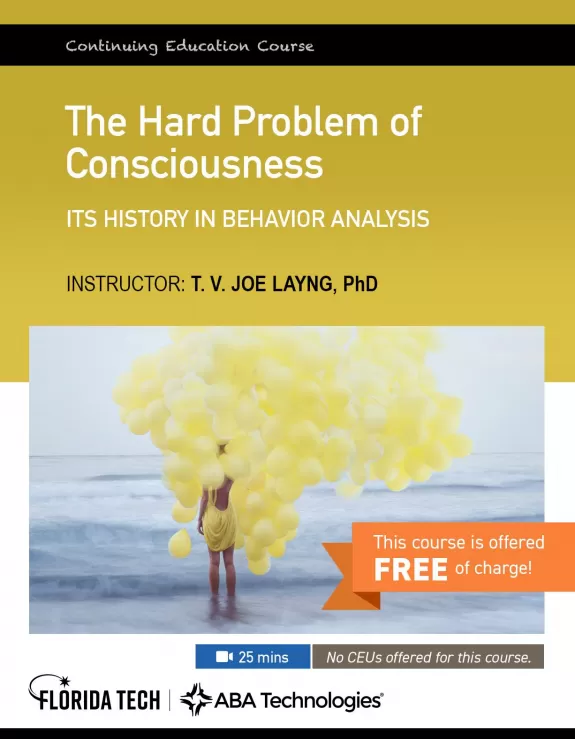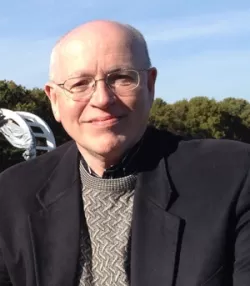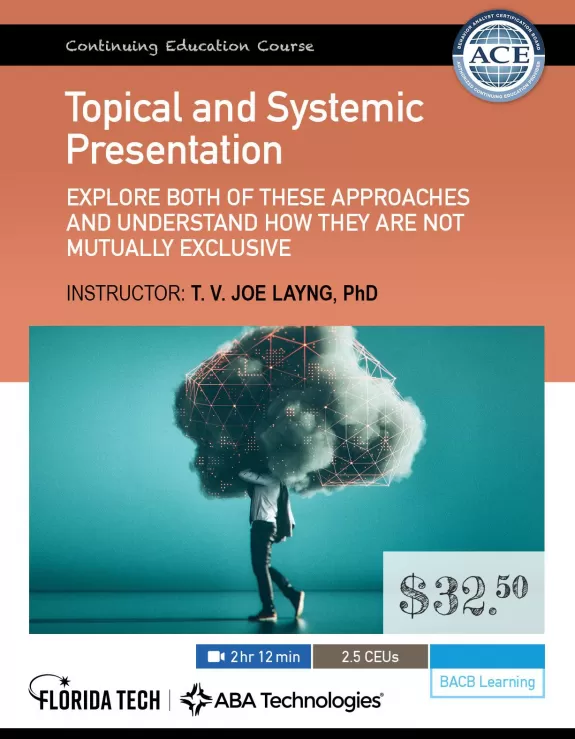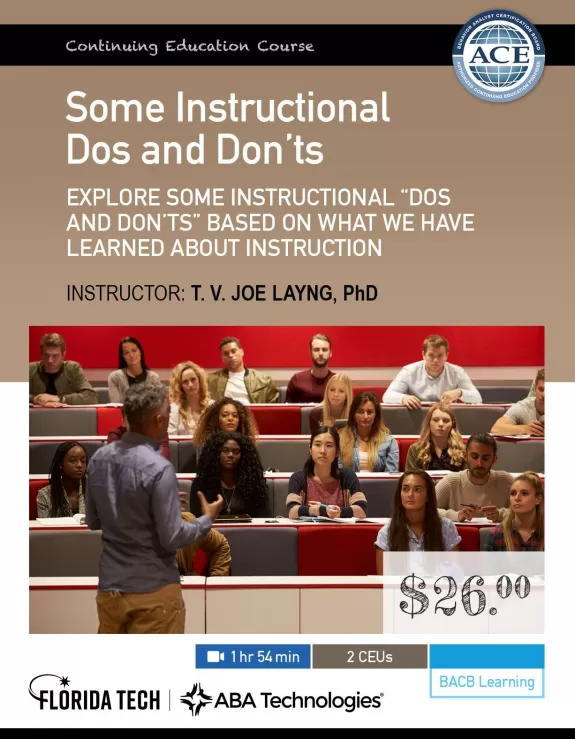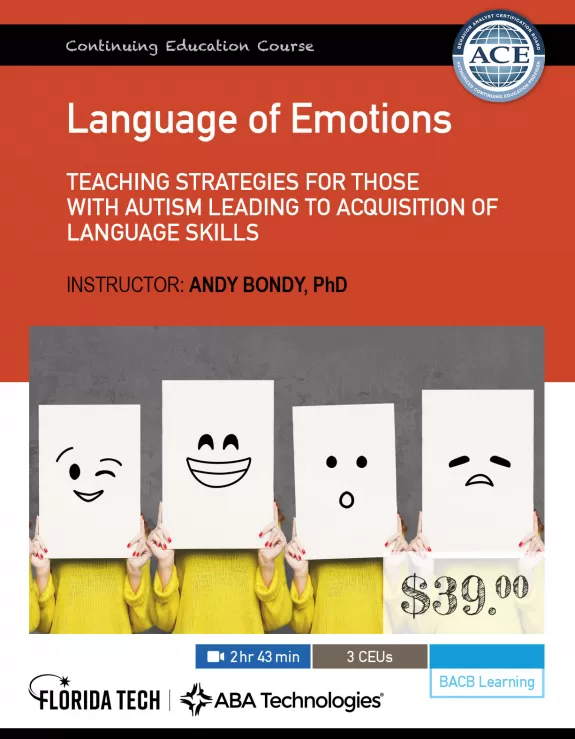The Hard Problem of Consciousness: Its History in Behavior Analysis
Abstract
Consciousness has been discussed by behavior analysts and philosophers for decades. It’s a mystery that intrigues many of us. In his Continuing Education course, Joe Lang offers insight into what consciousness is, where it resides, and how it comes to be. Skinner asserts that there’s no need to assume that a copy of the world is required to see an object when it is not present. The brain is a function of and services contingencies of phylogenetic and ontogenic selection. Conscious awareness likely arises from the verbal contingencies arranged when we are first asked questions about our behavior and about the conditions that lead us to behave one way or another. When we see that we are seeing, what we’re really doing is seeing ourselves respond. There’s no difference between that and seeing anything else in our environment. The sweetness we taste is not in the sugar, nor on our tongue, nor in our brain; it is in the relation between sugar on our tongue and the process in our brain as a function of natural selection. Similarly, the music in a record is found in the relation of the stereo, the record, the air, and our hearing. It is not part of the ear or the stereo; it’s not a thing that is stored anywhere. It’s part of the system of listening to music.
Learning Objectives
What you’ll learn in the course and be able to do afterward
-
Describe Skinner’s approach to the study of private experience
-
Describe the role of instructional control in understanding private experience
-
Explain the role of question-asking in the development of consciousness
-
Explain how we can use the analogy of music in a stereo to help us locate consciousness
Partnership
This course is delivered through Florida Tech. Clicking "Enroll Now" will take you to Florida Tech’s website where you can Add to Cart, Checkout, and complete the course. Come back to our website for podcasts, blogs, courses, and content.
